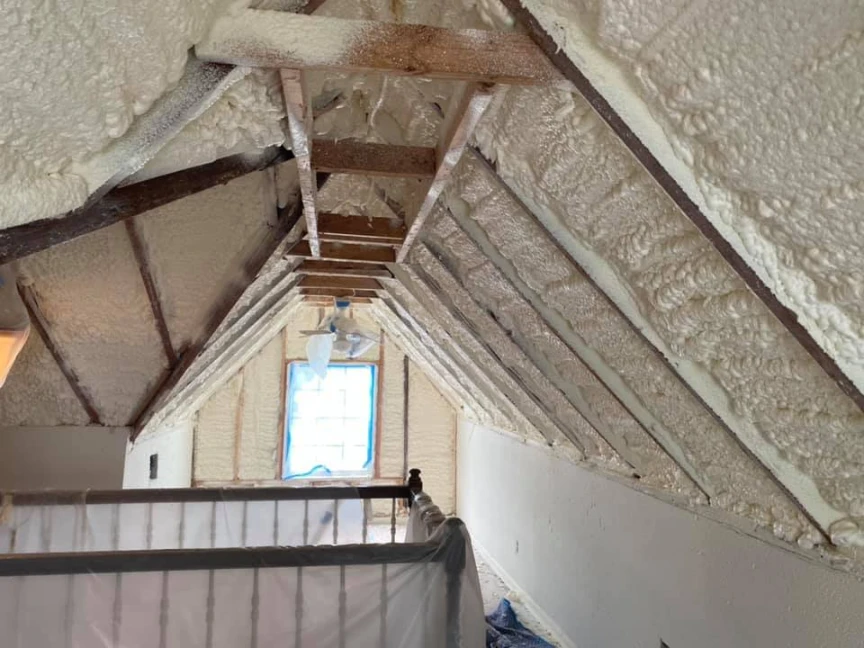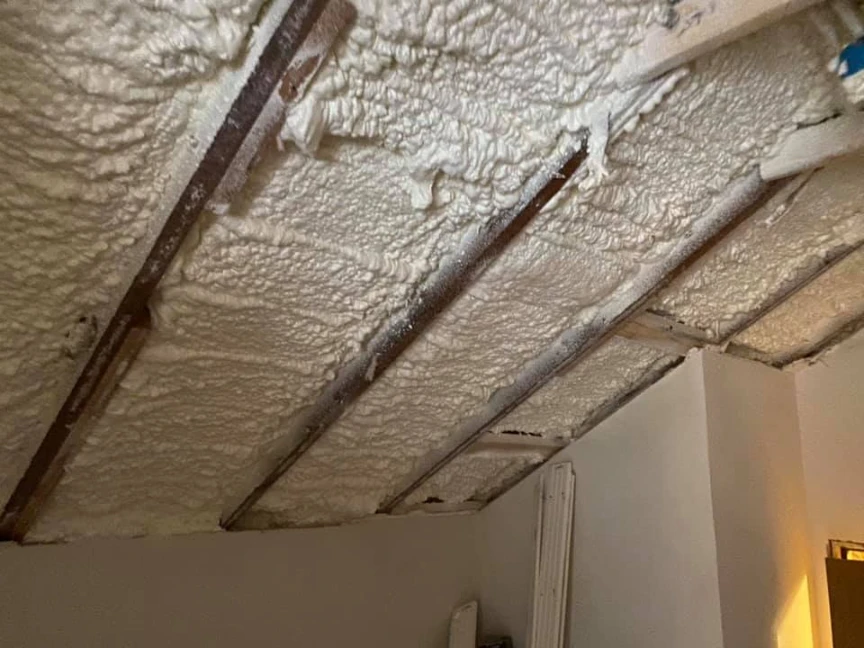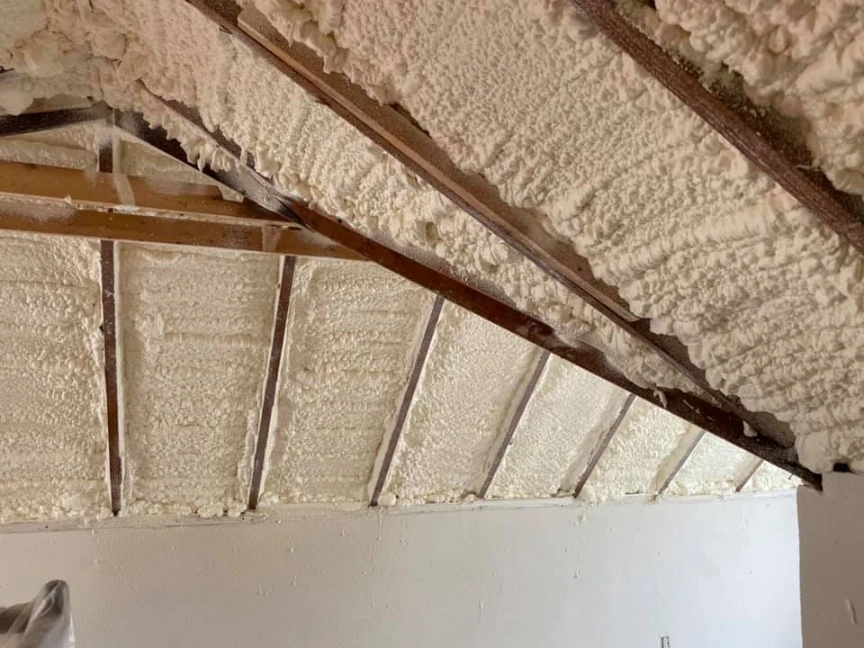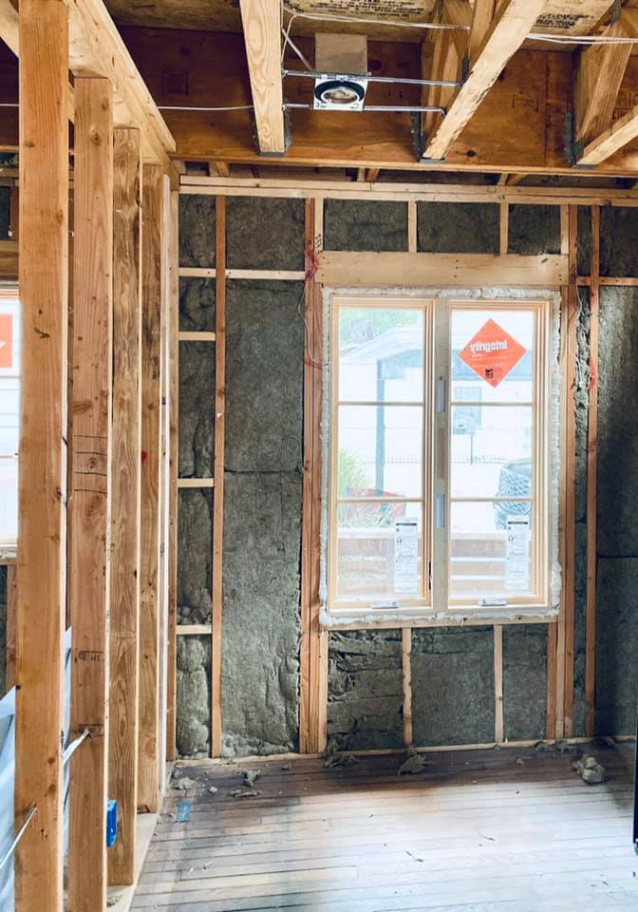A properly sealed and insulated home offers much more than just temperature regulation. It creates a complete thermal envelope that directly lowers energy consumption, improves indoor air quality, and increases overall comfort. By minimizing uncontrolled air leakage and resisting heat flow, a well-planned insulation system can reduce heating and cooling costs significantly. According to the U.S. Environmental Protection Agency’s ENERGY STAR program, homeowners can save an average of 15% on heating and cooling costs by air sealing their homes and adding insulation in attics, floors over crawl spaces, and accessible basement rim joists.
This comprehensive approach addresses the house as a system, where air sealing and insulation work together to manage the movement of air, heat, and moisture. The result is a more durable, healthier, and cost-effective living environment. Drawing from extensive field experience in residential and commercial buildings, this article explains the specific advantages of a well-sealed home and provides the information needed to make sound decisions about your property.
The Financial Case for a Sealed Home Envelope
The most immediate and measurable benefit of upgrading home spray foam insulation and sealing air leaks is the reduction in energy bills. Homes with insufficient insulation and numerous air gaps are constantly losing conditioned air to the outside and allowing unconditioned air to enter. This forces your HVAC system to work much harder to maintain a comfortable temperature, leading to higher energy use and increased utility costs.
Air leaks commonly occur around windows, doors, electrical outlets, recessed lighting, and where different building materials meet. Sealing these gaps is the first step. Adding the correct amount of insulation is the second step. Insulation is rated by its R-value, which measures its ability to resist heat flow. The higher the R-value, the better its insulating performance. A report from the North American Insulation Manufacturers Association (NAIMA) highlights that approximately 90% of U.S. single-family homes are under-insulated, representing a massive opportunity for energy savings. By creating a continuous barrier, you keep the expensive conditioned air inside, where it belongs.
Bonus Tip: You can perform a simple DIY air leak test. On a windy day, close all windows and doors. Light an incense stick and carefully hold it near common leak spots like window frames, electrical outlets, and door thresholds. If the smoke wavers or is drawn in a specific direction, you’ve likely found an air leak.
Beyond Savings, Health, and Comfort Advantages
While financial savings are a primary motivator, the benefits to your health and daily comfort are just as important. A sealed and insulated home is a healthier and more pleasant place to live.
Cleaner Indoor Air
Unsealed cracks and gaps in a home’s exterior don’t just let air in; they also allow dust, pollen, pests, and other outdoor pollutants to enter. For individuals with allergies or respiratory conditions, this can make symptoms worse. Air sealing greatly reduces the amount of these airborne contaminants that can get inside, leading to cleaner indoor air. The U.S. Environmental Protection Agency (EPA) states that improving indoor air quality is a critical step in reducing health risks associated with airborne pollutants.
Moisture Control and Structural Integrity
Moisture is a significant threat to a home’s structure. When warm, moist air from inside comes into contact with cold surfaces, condensation can form. This is common in poorly insulated walls and attics. This moisture can lead to mold growth, wood rot, and compromised structural integrity over time. Proper insulation and air sealing help maintain consistent surface temperatures throughout the building envelope, preventing condensation from forming and protecting the home from moisture-related damage.
Noise Reduction for Peaceful Living
An often-overlooked benefit is sound dampening. Insulation materials, particularly dense options like spray foam and mineral wool, are excellent at absorbing sound waves. This reduces the amount of outside noise from traffic, neighbors, and weather that enters your home. It also limits sound transmission between rooms, creating a quieter and more peaceful indoor environment.
Comparing Key Insulation Materials
Choosing the right insulation depends on the application, budget, and performance goals. Each material has distinct properties that make it suitable for different parts of a home.
| Feature | Spray Foam Insulation | Fiberglass Insulation | Cellulose Insulation |
|---|---|---|---|
| Primary Material | Polyurethane | Fine glass fibers | Recycled paper/plant fiber |
| R-Value per Inch | 3.5 – 7.0 | 2.2 – 4.3 | 3.2 – 3.8 |
| Air Sealing Ability | Excellent (creates an air barrier) | Poor (air can pass through) | Fair (denser than fiberglass) |
| Moisture Resistance | Excellent (closed-cell is a vapor barrier) | Poor (loses R-value when wet) | Fair (can absorb and hold moisture) |
| Installation Method | Sprayed | Batts, rolls, or blown-in | Blown-in or dense-packed |
Bonus Tip: In areas prone to moisture like basements or crawl spaces, a closed-cell spray foam is often the best choice because it acts as an insulation, air barrier, and vapor barrier in one application. For attics, a combination of sealing leaks first and then adding blown-in fiberglass or cellulose can be a cost-effective solution.
Things to Consider Before Making a Decision
Before investing in new insulation or air sealing, there are a few factors to evaluate to ensure you get the best results for your home.
- Conduct a Home Energy Audit: A professional energy audit can pinpoint exactly where your home is losing the most energy. Auditors use tools like blower doors and infrared cameras to identify air leaks and insulation gaps with precision, providing a clear roadmap for improvements.
- Understand Your Climate Zone: Insulation needs vary based on geography. The Department of Energy provides R-value recommendations for different climate zones. A home in a cold climate requires a higher R-value in the attic and walls than a home in a warmer region.
- Assess Existing Conditions: Check your current insulation levels. Is it compressed, water-damaged, or disturbed? You also need to assess ventilation in areas like the attic to ensure that sealing and insulation efforts don’t inadvertently trap moisture.
- Budget and Long-Term Value: While some materials have a higher upfront cost, they may offer better long-term performance and energy savings. Consider the total value over the lifespan of the material, not just the initial price tag.
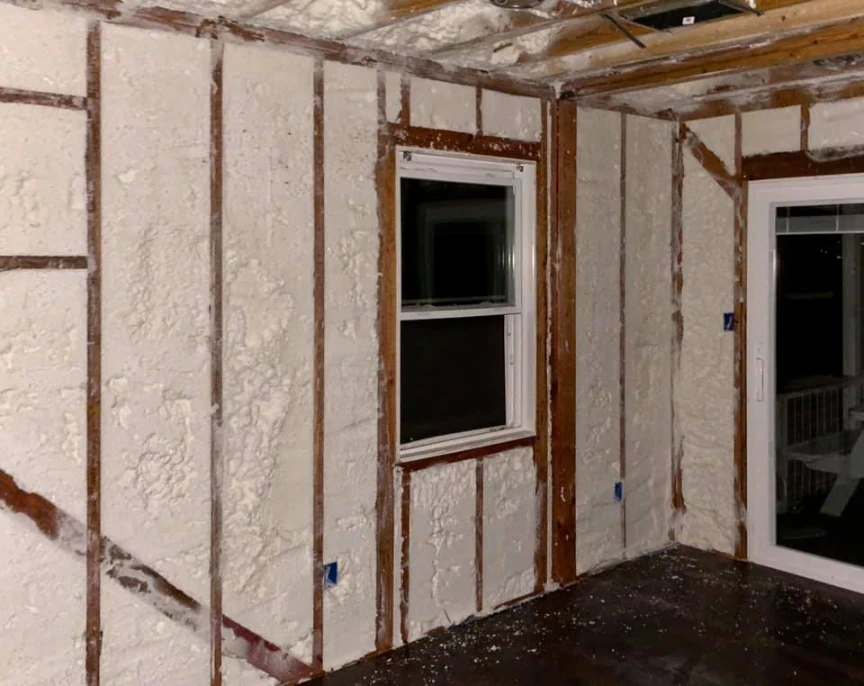
A Final Look at the Advantages
Investing in proper air sealing and insulation is one of the most effective upgrades you can make to a home. It delivers a powerful combination of financial savings through reduced energy use, improved comfort with stable temperatures and less noise, and a healthier living space with better air quality and moisture control. By treating the house as an integrated system, these improvements work together to create a durable and efficient home for years to come.
Plan Your Home’s Upgrade
Understanding your home’s specific needs is the first step toward a more comfortable and efficient living space. A professional assessment can provide a clear picture of where improvements are needed most. For a detailed evaluation, you can contact the experts at Stellrr Insulation & Spray Foam. Get in touch for a consultation by calling (512) 710-2839 to discuss how to optimize your home’s performance and start enjoying the benefits of a properly sealed and insulated environment.
Sources
- ENERGY STAR – Provides data on average savings from air sealing and insulation, along with guidance for homeowners.
- North American Insulation Manufacturers Association (NAIMA) – Offers statistics and information on the prevalence of under-insulated homes in the United States.
- U.S. Environmental Protection Agency (EPA) – Details the importance of indoor air quality and its connection to pollutants entering the home.
Answering Your Top Questions
Making an informed decision requires asking the right questions. Here are answers to some common inquiries.
How is the right amount of insulation determined?
The right amount of insulation is determined by your home’s location (climate zone), the area being insulated (attic, walls, floors), and local building codes. A professional will calculate the required R-value for each area and measure the space to determine the necessary depth or thickness of the chosen insulation material.
What does R-value mean for my home?
R-value measures thermal resistance, or how well a material stops heat from moving through it. A higher R-value means better insulation performance. For your home, this translates directly to less heat loss in the winter and less heat gain in the summer, which means lower energy bills and more consistent indoor temperatures.
Can a house be sealed too tightly?
Modern homes built to be extremely airtight require a mechanical ventilation system (like an HRV or ERV) to ensure fresh air exchange. However, for most existing homes, achieving a level of “too tight” through standard air sealing is unlikely. The goal is to stop uncontrolled air leaks while ensuring the home still has adequate ventilation for healthy indoor air quality, which is often managed by the HVAC system.
What does the installation process involve?
The process varies by material. For blown-in insulation, technicians feed material through a long hose into the attic or wall cavities. For batts, they are cut to fit snugly between studs and joists. Spray foam insulation is applied as a liquid that expands to fill every crack and crevice, requiring specialized equipment and certified installers.


